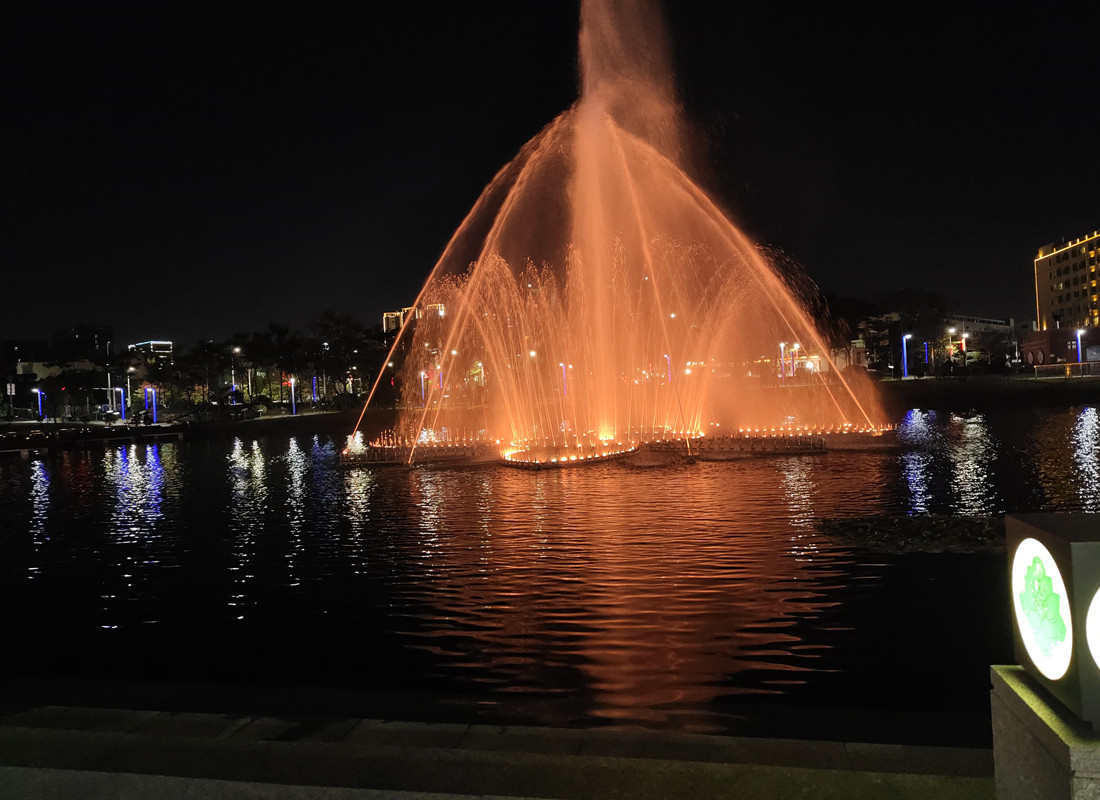1. Fountain lights have different LED brightness (MCD) and different prices. Fountain light LEDs should comply with Class I standards for laser radiation levels.
2. LEDs with strong anti-static ability have long service life, so the price is high. Generally speaking, LEDs with antistatic voltage greater than 700V can be used for LED lighting.
3. LEDs with the same wavelength have the same color. If the color is required to be consistent, the price will be high. It is difficult for manufacturers without LED spectrophotometer to produce pure color products.
4. Leakage current LED is a unidirectional conductive light-emitting body. If reverse current exists, it is called leakage current. LEDs with large leakage current have short lifespan and low price.
5. LEDs for different uses have different lighting angles. The light angle is special and the price is high. Such as full diffusion angle, the price is higher.
6. The key to different quality of life is lifespan, which is determined by light decay. Small light attenuation, long life, long service life and high price.
7. Chip LED emitter is a chip, and the prices of different chips vary greatly. Japanese and American chips are more expensive. Generally speaking, chips from Taiwan and China are cheaper than those from Japan and the United States (CREE).
8. Chip size The size of the chip is expressed in terms of side length. The quality of large chip LEDs is better than that of small chip LEDs. Price is directly proportional to chip size.
9. The colloid of ordinary LEDs is generally epoxy resin. UV-resistant and flame-retardant LEDs are expensive. High-quality outdoor LED lighting fixtures should be UV-resistant and fire-resistant. Each product has a different design and is suitable for different uses.
The reliability design of the fountain light is to ensure that it can work stably and reliably during long-term use and is not prone to failure or damage. Here are some common fountain light reliability design elements:
1. Waterproof design: Fountain lights are usually in humid environments, so waterproof design is crucial. The casing, seals, joints and other parts of the lamp need to have good waterproof performance to prevent moisture or water from penetrating into the lamp and causing short circuit or damage.
2. Corrosion-resistant materials: Fountain lights are often exposed to chemicals in the water, so they need to use corrosion-resistant materials, such as stainless steel, aluminum alloy, etc., to ensure that they are not easily corroded in humid environments. environment.
3. Heat dissipation design: LED fountain lights will generate a certain amount of heat when working. Good heat dissipation design can ensure that the lamp is not easy to overheat when working for a long time, thus extending its service life.
4. Electrical safety design: including overload protection, short circuit protection, leakage protection and other functions to ensure that the power supply can be cut off in time under abnormal circumstances to avoid safety accidents.
5. Durability design: Fountain lights usually need to withstand the influence of environmental factors such as water pressure and water flow, so they need to have strong durability and be able to withstand long-term underwater working environments.
6. Maintainability design: The design takes into account the convenience of lamp maintenance and repair, such as easy disassembly, replacement of light bulbs or circuit board repair.
The above are some common reliability design elements of fountain lights. Through reasonable design, the reliability and service life of fountain lights can be improved.
Post time: Mar-13-2024

